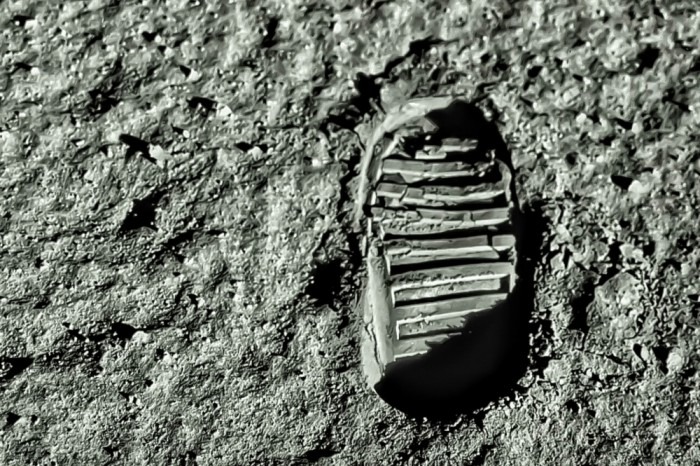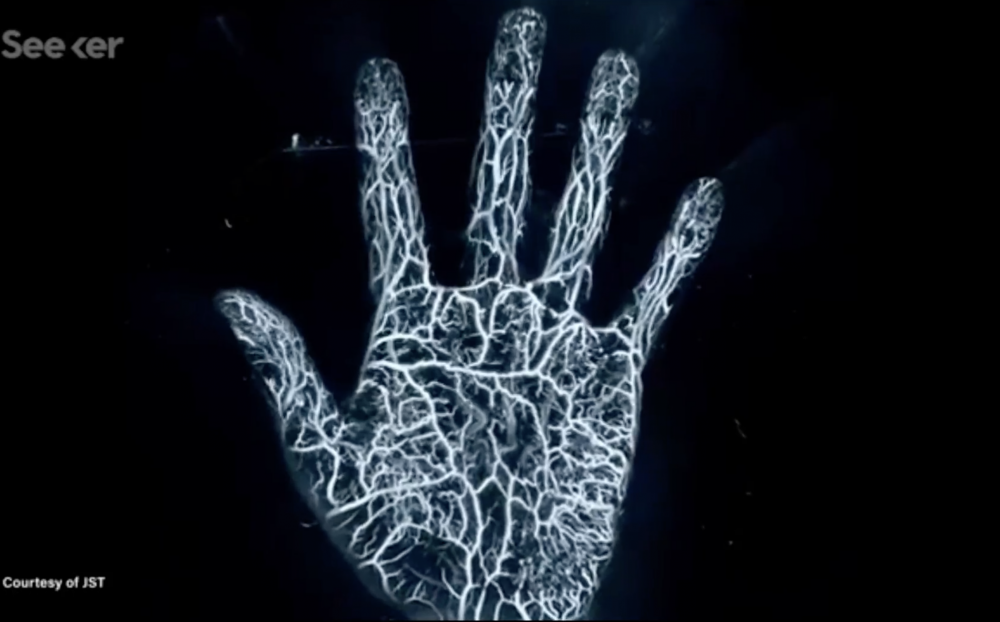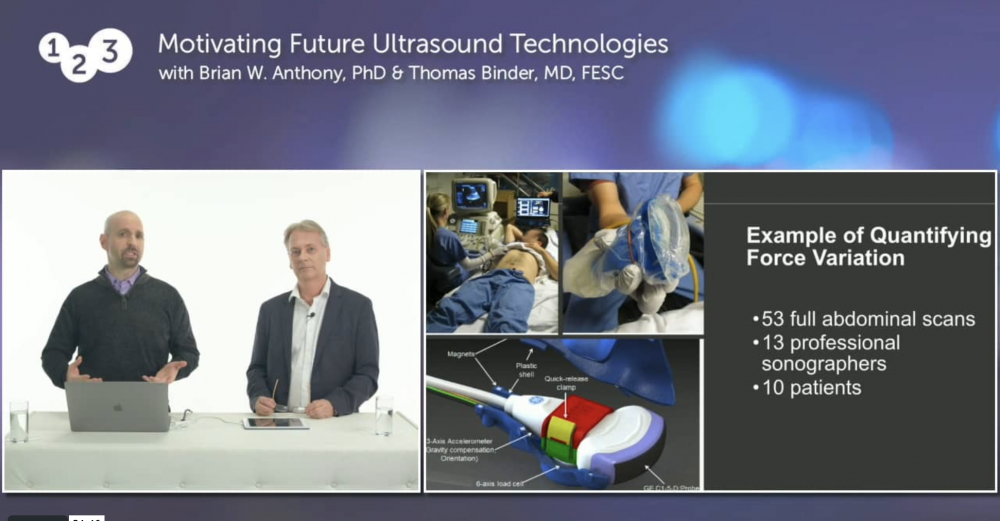Space & the ultrasound of silence
You finally landed on the moon, after years of training; after a strenuous space flight, which exposed you to 3G during launch and all sorts of health hazards.

Wouldn’t you want to let out a cry of joy? Let every rock on the moon (or the man in the moon) know that you succeeded?
“Not a good idea”
Once you take off your helmet you wouldn’t have much time to shout: Your head would immediately be exposed to -455° Fahrenheit (-270° Celsius). The air in your lungs will be sucked out into the vacuum of space and it would only take a few seconds before you suffocate. This is exactly the reason astronauts wear space helmets.
Can anyone hear me?
But lets say you have supernatural powers and you would survive: Not a single word of what you say could be heard on the moon. Complete silence:
Unlike light, the sound does not travel in vacuum it needs a medium through, which it can move.
So would medical ultrasound work? Yes, it sure would: The transducer is in direct contact with the body surface. True it might be a little difficult to image through the spacesuit, but in principle, ultrasound could be applied.
Direct contact is one of the preconditions for ultrasound also on earth. We all know that air is one of the biggest enemies. We apply gel and pressure to achieve good results. But all of you who image patients know the downside of this: we feel the pain: in our back, arms and shoulders. Direct contact with the surface also means the risk of infection and prohibits us to image if wounds are present.
New frontiers - noncontact-standoff laser-ultrasound
It there a solution to this dilemma?
Yes, if we use a technology, which is called: noncontact-standoff laser-ultrasound, which is currently pioneered by Brian Anthony from MITi.
A pulsed laser converts optical energy into ultrasound using photoacoustics. The ultrasound waves at the tissue surface are then measured using Doppler vibrometry.
With this technology it is possible to obtain images from deep within the body. If you want to know more about this technology and what it can be used for here is a video from seeker.com:
It seems scientists are constantly breaking the rules of physics, when in reality they are just applying them. Both in medical imaging and space travel. So who knows? Maybe scientist will find ways that will allow us to hear the sound of our footsteps on the moon or the cry of joy.
Thomas Binder
and the 123sonography team
PS: if you want to learn more about the future of ultrasound watch the following lecture with Brian Anthony from MIT:
PPS: Would love to read your thoughts or answer any questions


